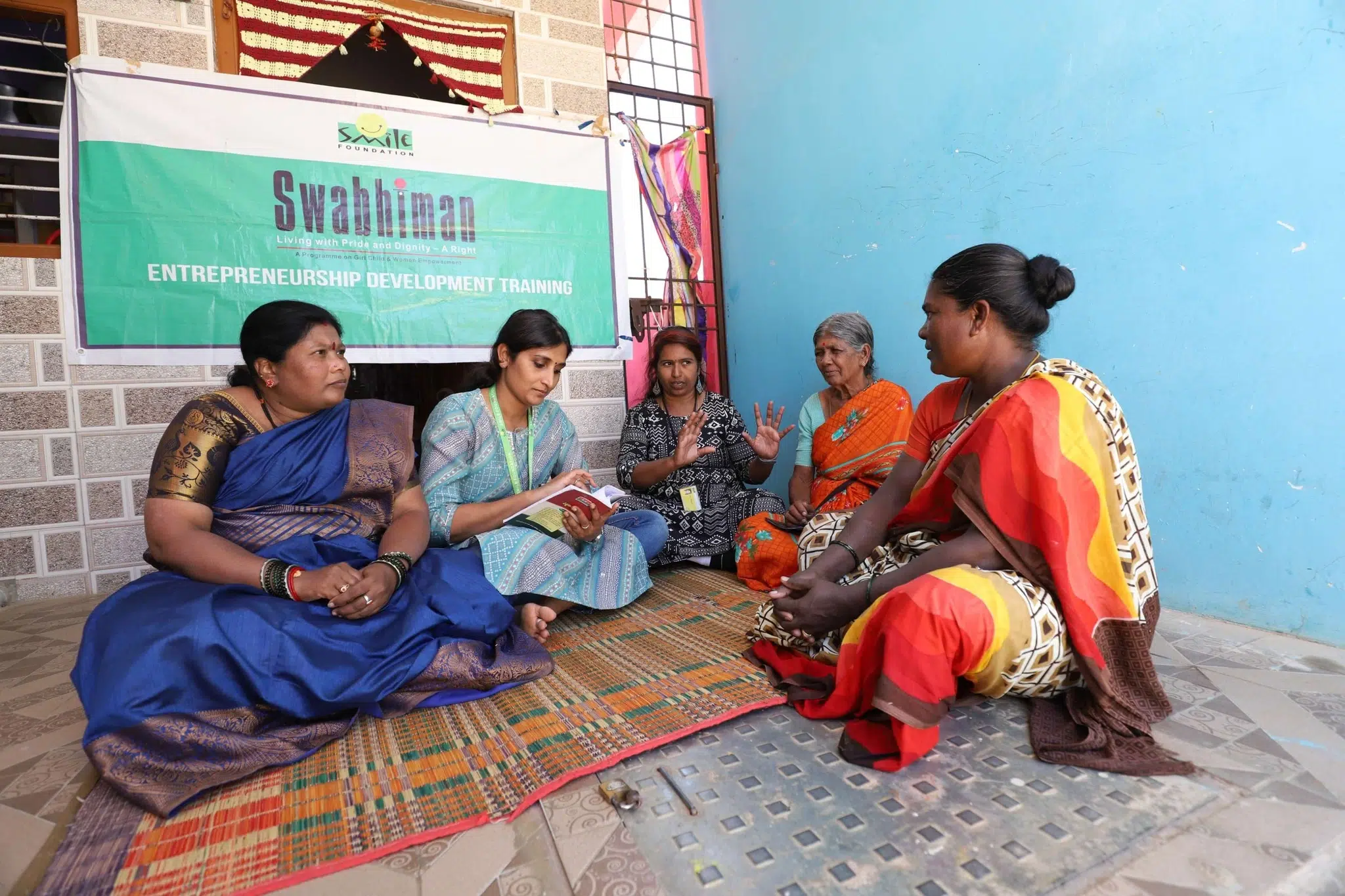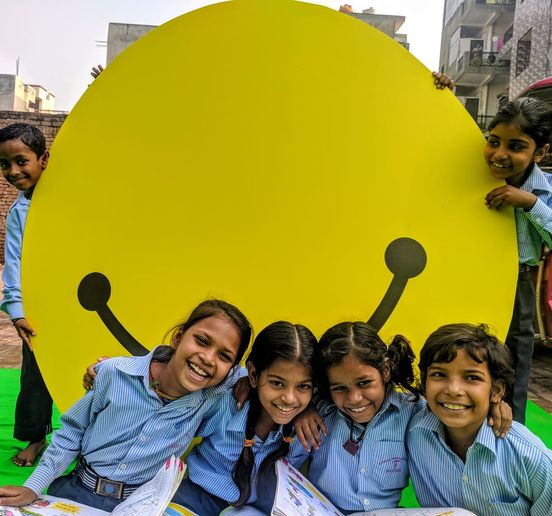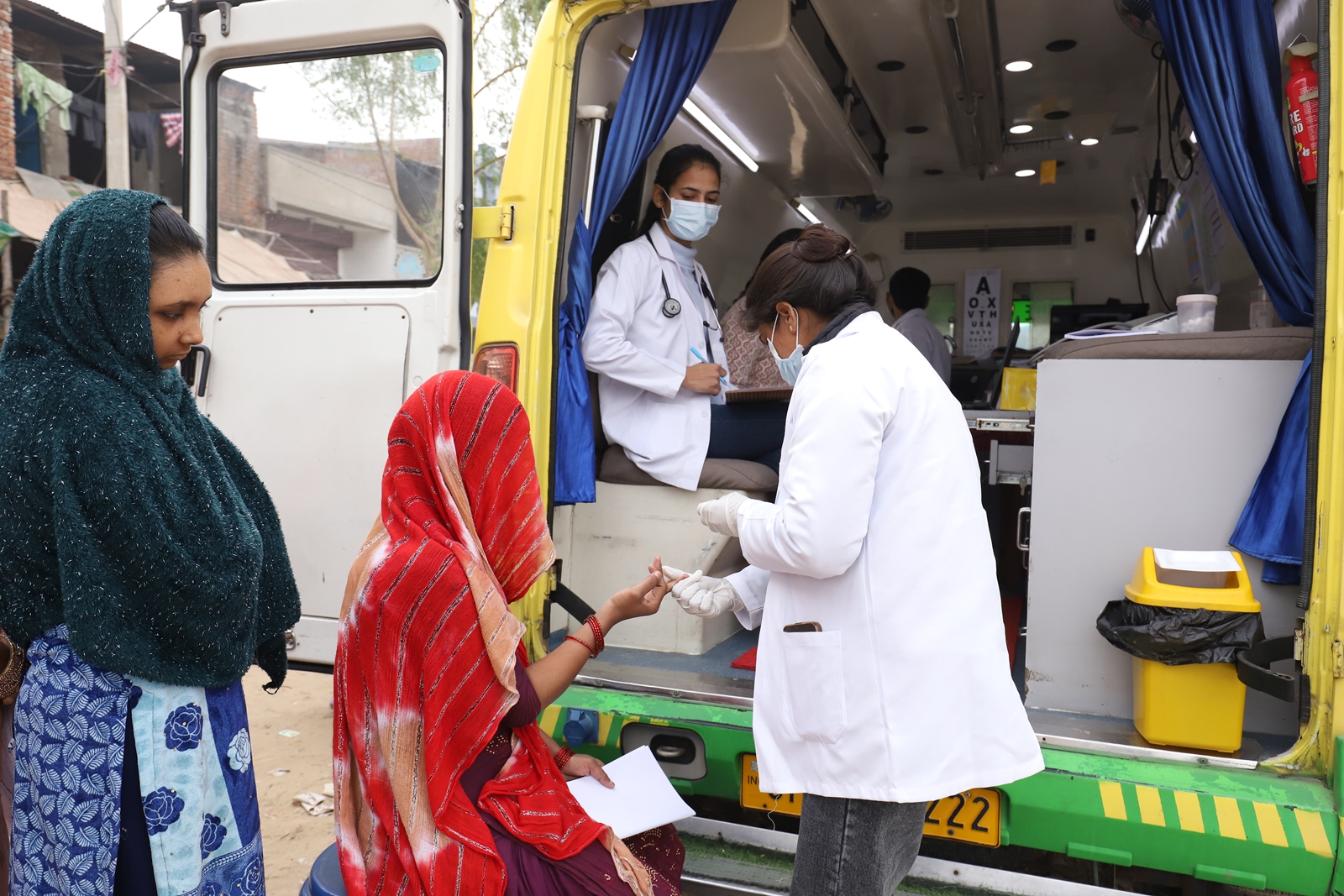2024 was a difficult year, more so because of the escalating conflicts and the consequences of climate-change. With tons of losses– both human and environment, nonprofits all across the world called for peace, stability and urgent action. Smile Foundation, focusing on scaling its interventions, renewed long-standing partnerships and curated special projects with our new partners.
Our work, however, also extends to addressing critical global issues through advocacy and action. In line with this, the Smile Blog gained substantial traction in 2024, reaching almost half a million readers. This year, some blog posts stood out in their relevance and impact. Here, we take a closer look at the top 10 blogs that resonated the most with our readers.
The underrepresentation of women in Science, Technology, Engineering, and Mathematics (STEM) fields is a pressing issue impeding progress and innovation. Despite women constituting 43% of STEM graduates in India, their participation in the STEM workforce remains disproportionately low, with only 14% securing related jobs.
By highlighting the challenges and advocating for increased female participation, Smile Foundation seeks to inspire systemic change, ensuring that women have equal opportunities to contribute to and benefit from STEM industries.
Access to quality primary healthcare is a cornerstone of a nation’s well-being, directly influencing educational outcomes, economic productivity, and overall quality of life. In India, challenges such as inadequate infrastructure, workforce shortages, and urban-rural disparities roadblock the effective delivery of primary healthcare services.
Through this blog, we shed light on the critical importance of strengthening primary healthcare systems and advocate for increased investment and policy focus in this area to ensure equitable access for all.
We chose to address the persistent issue of unemployment among India’s educated youth because it remains a significant concern, despite recent declines in overall unemployment rates. Notably, the unemployment rate for graduates was 29.1%, almost nine times higher than the 3.4% for those who can’t read or write.
This paradox, where higher education does not necessarily lead to better employment prospects, highlights a critical disconnect between academic curricula and industry requirements. By exploring this topic, we highlighted the potential of vocational education as a practical solution to bridge this gap. Vocational training has been shown to significantly enhance employability, with 70% of trained individuals securing employment compared to 50% of untrained individuals.
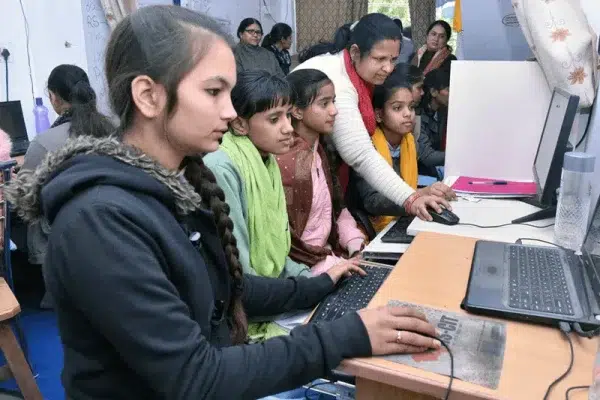
Our goal is to encourage a shift in perception towards vocational education, emphasizing its role in equipping youth with industry-relevant skills and improving their employment prospects.
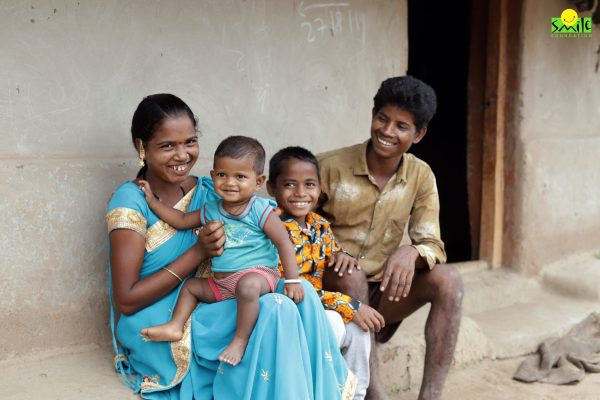
While the efforts of development organisations often lead to immediate, visible improvements, ensuring that these positive changes endure over time remains a significant challenge. Integrating sustainability into our initiatives is no longer optional but important for creating lasting impact.
By focusing on sustainability, nonprofits can develop programmes that not only meet present needs but also sustain into future generations. This approach aligns with the United Nations’ Sustainable Development Goals (SDGs), providing a clear framework for achieving equitable and resilient development. Through strategic planning, community engagement, and collaborative partnerships, we can increase the longevity of our initiatives for enduring positive change.
Did you know that women’s economic contribution in India is just 17% of the GDP, way below the global average of 40%? That’s a huge gap!
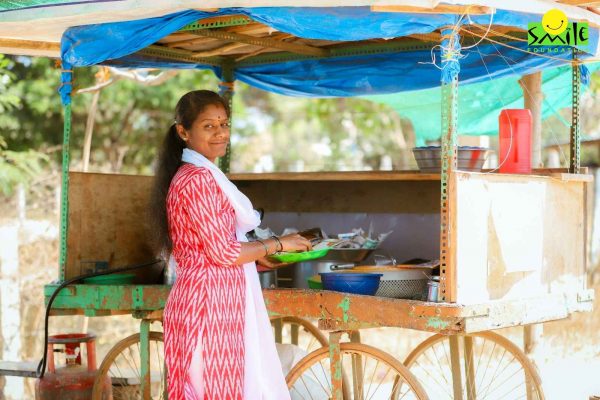
Traditionally, our society has viewed men as the primary leaders and providers, especially in the corporate world. This mindset has often sidelined women from top positions. But here’s some good news: recent reports show a positive shift. Women-led startups in India have grown from 10% to 18% between 2017 and 2021. Plus, in 2022, 17% of unicorn startups had women at the helm, up from 8% in 2017. And guess what? These startups are attracting more investor interest, securing 20% of the total funding in 2022.
Sounds promising, right? But let’s dig deeper. Despite these encouraging numbers, many women entrepreneurs still face daily challenges. In our blog, we discussed those challenges of women entrepreneurs in our country.
In rural India, where resources are often limited, introducing STEAM (Science, Technology, Engineering, Arts, and Mathematics) education can be a game-changer. Through our Mission Education initiative, we have witnessed firsthand the positive impact of integrating STEAM learning into the curriculum. By conducting interactive workshops and providing training materials, we promote collaboration and exploratory learning among students, enabling them to improve their problem-solving skills and creativity. Sharing our experiences and insights on this topic allows us to advocate for the expansion of STEAM education across rural India.
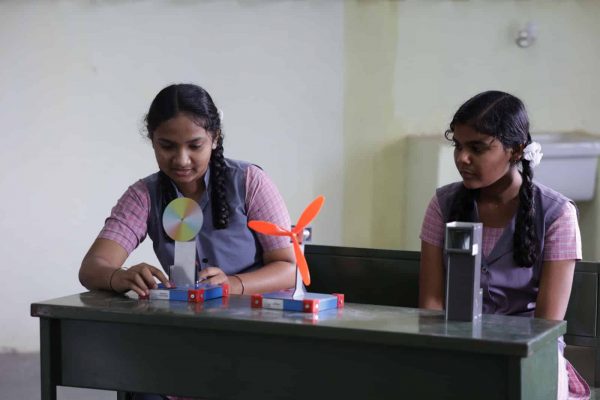
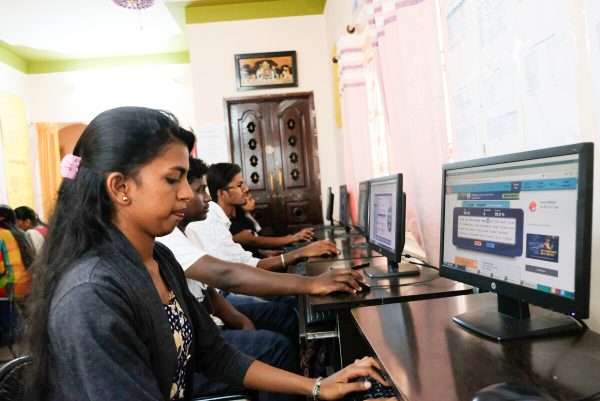
The blog was written to highlight the challenges faced by women, especially those from small towns, who venture out for work in urban settings. Seema’s story reflects the resilience and determination of first-generation women in professional spaces but also discusses the stress that comes with balancing multiple responsibilities and tight deadlines. The need for this topic arose from the increasing number of women like Seema, who are trying to navigate the pressures of career success while managing mental and emotional well-being, urging a discussion on work-life balance and support systems for women in the workforce.
Extreme heat, fueled by climate change, is forcing children in many Asia-Pacific countries out of classrooms and impacting their education and health. Countries like India, Bangladesh, Pakistan, and the Philippines are experiencing increasingly dangerous heatwaves, putting their most vulnerable populations at risk. The need to address this issue is urgent, as children, especially in low-resourced areas, are facing higher temperatures without adequate infrastructure to safeguard their well-being. This conversation calls for collective action to ensure that children can continue learning in safe environments despite extreme heat.
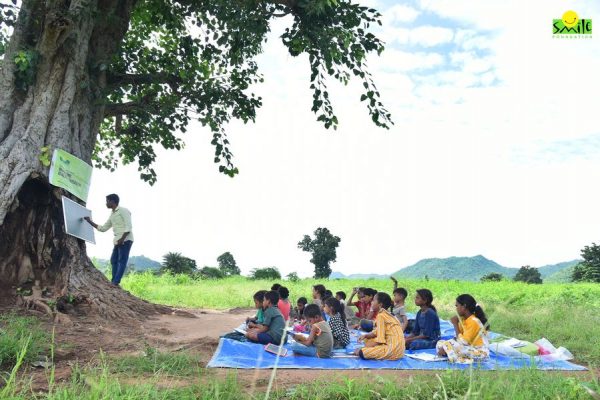
We emphasise the intersection of climate change, health, and education, encouraging governments, school authorities, and communities to invest in climate-resilient infrastructure, adjust school schedules, and promote health education. As many countries face rapid demographic changes, this blog highlights the importance of protecting children’s futures by safeguarding their health and academic opportunities.
Reaffirming the critical importance of girl child education, particularly in regions where girls are denied access to schooling due to deep-rooted societal barriers and adversity, this piece positions education as undeniably a powerful tool for empowerment. The urgency of this issue is highlighted by the stark statistics that show the global disparities in access to education for girls, particularly in conflict zones, impoverished areas, and conservative societies.
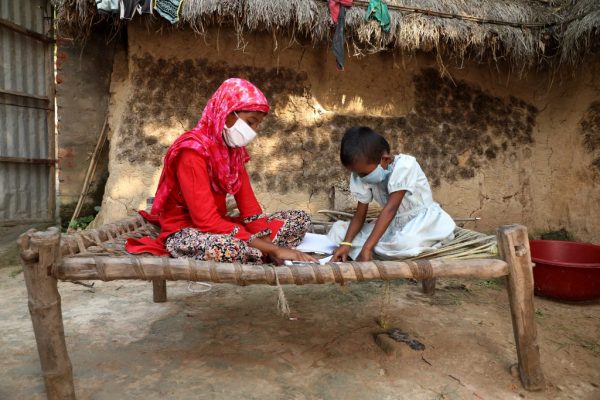
The need to address this topic is ever-present, as data repeatedly demonstrates that investing in female education has wide-ranging positive effects. Educated women and girls contribute to healthier families, reduced poverty, and better economic opportunities. However, many continue to face systemic challenges like early marriage, gender violence, and unsafe learning environments.
By linking employees to meaningful causes, businesses can amplify their social responsibility while encouraging personal growth and positive societal change.
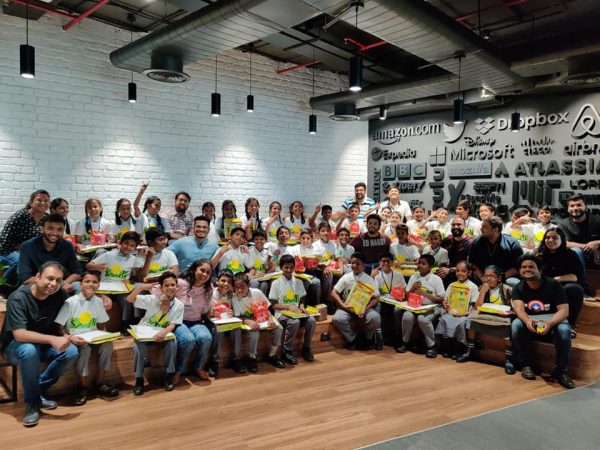
The need for this topic is especially important as companies are increasingly aware of their roles in driving social change and fulfilling Environmental, Social, and Governance (ESG) objectives. Employee Giving not only creates a sense of unity within the workplace but also serves as a bridge between financial goals and social impact. By leveraging opportunities such as tax exemptions and direct contributions to initiatives like child education, women empowerment, and healthcare access, companies can significantly enhance their CSR footprint, while employees feel a stronger connection to the causes they care about.
These top 10 blogs exemplify our ongoing commitment to raising awareness and driving action on social issues that need intention and action. The next year, Smile Foundation will continue to prioritise topics that reflect both current challenges and long-term solutions, with a focus on creating lasting change.




